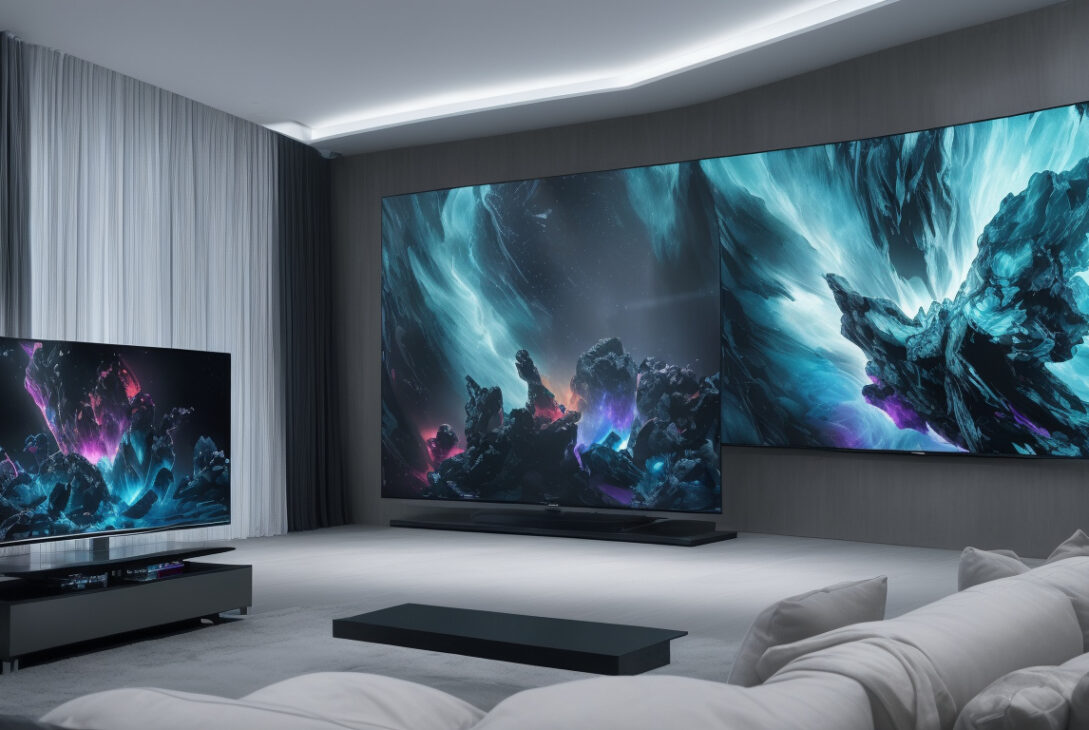Mini-LED vs. OLED: What’s the Best TV Technology?
As consumers look to upgrade their home entertainment systems, the choice between Mini-LED and OLED TV technologies has become a hot topic. Both offer distinct advantages, and understanding their differences can help you make an informed decision for your next television purchase.
What is Mini-LED?
Mini-LED technology uses thousands of tiny LEDs as a backlight for an LCD panel. Compared to traditional LED TVs, Mini-LEDs provide far greater control over local dimming zones, resulting in improved contrast, deeper blacks, and brighter highlights. This technology is appreciated for delivering sharp images with excellent brightness levels, making it particularly well-suited to bright room environments.
What is OLED?
OLED (Organic Light Emitting Diode) TVs use a different approach. Each pixel emits its own light, which means pixels can be turned off individually to produce perfect blacks and outstanding contrast ratios. OLED screens are known for their vibrant color accuracy, wide viewing angles, and exceptional picture quality in darker environments. However, OLED panels may have limitations in peak brightness compared to Mini-LED displays.
Key Differences
- Contrast and Black Levels: OLEDs offer true blacks because individual pixels can be completely turned off, while Mini-LEDs rely on backlighting that improves but can’t always match absolute black levels.
- Brightness: Mini-LED TVs typically handle higher peak brightness, making them better in well-lit rooms where glare is an issue.
- Burn-in Risk: OLED displays can be susceptible to burn-in with static images over prolonged use, while Mini-LED TVs do not face this problem.
- Viewing Angles: OLED panels deliver consistent picture quality even at wide angles, whereas Mini-LED LCDs might lose some contrast when viewed from the side.
- Price: Generally, OLED TVs are priced higher due to their manufacturing process, but Mini-LED sets can also be on the premium side depending on the brand and features.
Which One Should You Choose?
Your choice between Mini-LED and OLED should depend on your viewing environment and preferences:
- If you desire perfect blacks, exceptional color accuracy, and often watch TV in dim or dark rooms, OLED might be the better pick.
- If you watch TV in bright rooms and prioritize high brightness along with excellent contrast, a Mini-LED TV could be ideal.
Final Thoughts
Both Mini-LED and OLED technologies have made significant strides and offer compelling benefits that cater to different needs. CNET’s analysis suggests there is no one-size-fits-all answer, but understanding the strengths of each can guide you toward the TV technology that best fits your lifestyle and viewing habits.
For more detailed comparisons and the latest TV deals, stay tuned to CNET’s expert reviews and recommendations.










